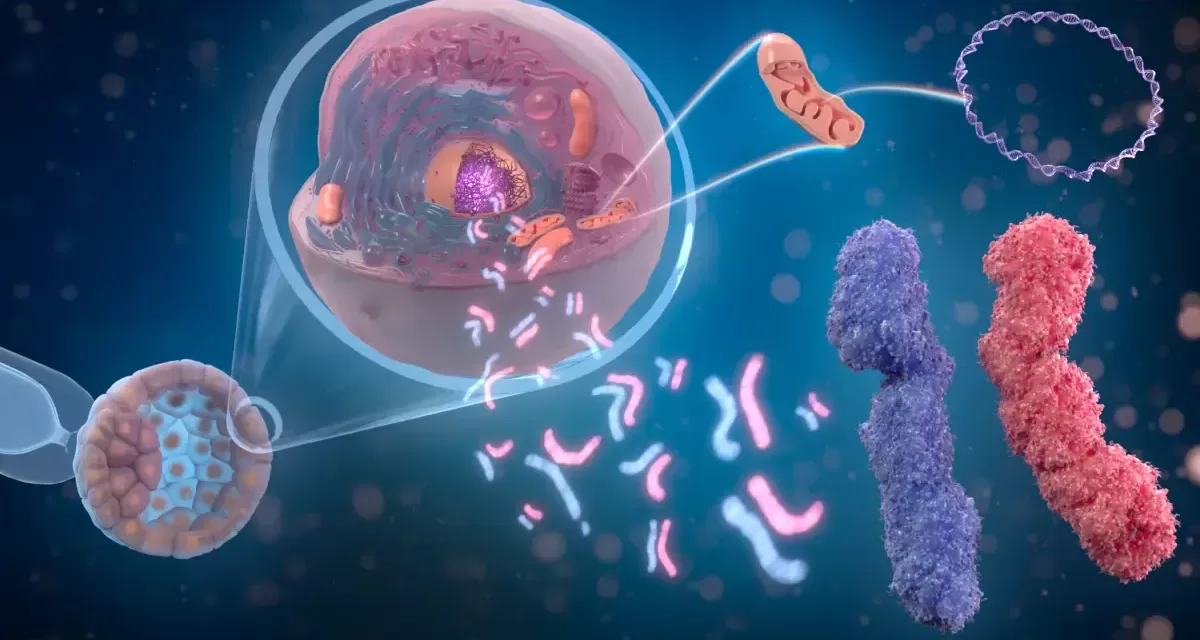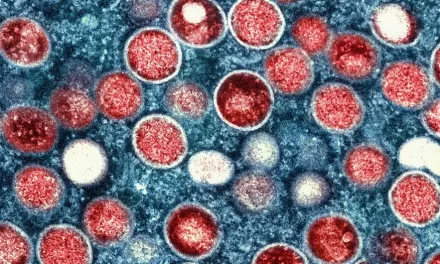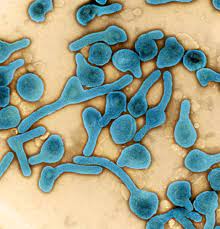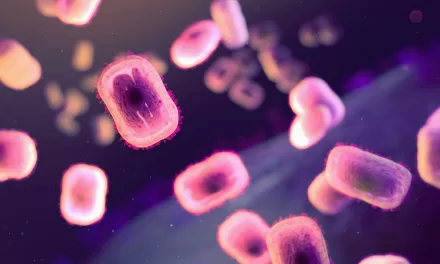A recent study published in the Proceedings of the National Academy of Sciences (PNAS) has uncovered a crucial role of the protein opsin 3 (OPN3) in regulating food consumption in mice. The research, conducted by a team from Brown University and Cincinnati Children’s Hospital, suggests that OPN3 plays a key function in energy balance and feeding behavior.
Scientists have long known that the hypothalamus—responsible for regulating body temperature, hunger, sex drive, sleep, and more—contains neurons that express OPN3. However, the precise function of this light-sensitive protein within the brain has remained unclear until now.
Key Findings of the Study
Led by Hala Haddad, who conducted the research as a Ph.D. student and later as a postdoctoral associate at Brown, the study revealed that OPN3 modulates food intake by interacting with the melanocortin 4 receptor (MC4R), a critical component for maintaining energy balance. This discovery is particularly significant as mutations in MC4R are known to contribute to obesity in humans.
“Our results uncover a mechanism by which the nonvisual opsin receptor OPN3 modulates food intake via the MC4R, which is crucial for regulating energy balance and feeding behavior,” said Elena Oancea, a professor of medical science at Brown University affiliated with the Carney Institute for Brain Science.
Through extensive research, the team found that OPN3 works alongside MC4R and the Kir7.1 potassium channel to regulate neuronal signaling in the hypothalamus. When researchers genetically engineered mice to lack OPN3 in this brain region, the mice exhibited significantly lower food intake and reduced activity compared to their normal counterparts.
“We’re very excited to have, for the first time, a cellular mechanism of what OPN3 is doing in the brain,” Oancea noted.
Ongoing Research and Future Implications
Oancea’s lab has been studying opsin 3 for nearly a decade, identifying its presence in melanocytes (where it influences pigmentation) and developing mouse models to analyze its expression in various brain regions. Lang’s lab has also been investigating OPN3’s role in fat tissue and neural circuits, leading to this collaborative research effort that began in 2020.
While the study provides valuable insight into OPN3’s role in appetite control, the researchers acknowledge that more work is needed to determine whether the same mechanisms operate in the human brain.
“While we identified the mechanism and function of OPN3 in this region of the hypothalamus, how this receptor works in other areas of the brain remains elusive,” Oancea explained. “There must be a common paradigm for OPN3 function in different areas, and we’re still looking for that.”
Additionally, the study does not conclusively establish whether OPN3 functions as a light sensor in the mouse brain. “That remains to be addressed in future studies,” said Richard Lang, director of the Visual Systems Group at Cincinnati Children’s.
Given the complexity of appetite regulation and body weight control, Oancea emphasized the importance of understanding the broader cellular processes involved.
Disclaimer: The findings of this study are based on research conducted in mice and may not directly translate to humans. Further investigation is needed to confirm whether similar mechanisms exist in the human brain. The study should not be interpreted as providing immediate implications for obesity treatment or dietary recommendations.












